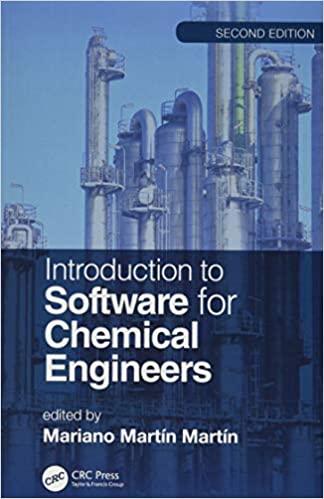Answered step by step
Verified Expert Solution
Question
1 Approved Answer
A process for recovering starch particles from a slurry of starch and gluten uses gravitational settling on a starch table. Here the slurry is fed
A process for recovering starch particles from a slurry of starch and gluten uses gravitational
settling on a "starch table." Here the slurry is fed to one end of a table where the starch
particles settle and remain on the table, and starchfree liquid is discharged from the opposite
end of the table. A starch table that is wide and long can handle a maximum
slurry feed rate of while still providing a starchfree slurry at the exit of the table.
The slurry has the following physical properties: ;
You have been asked to evaluate a process improvement involving the use of a continuous
centrifuge with a value of
Note that: gal
a Using the information from the starch table determine the size of the starch particles. Hint: the
sedimentation time is equal to the residence time when Qmax is reached.
b What is the maximum slurry feed rate that the centrifuge can handle and still give a
starchfree slurry at the exit You may use assume the diameter of the starch particles is
um if you could not solve part a
c How much would Qmax increase if the rotation rate of the centrifuge was doubled?

Step by Step Solution
There are 3 Steps involved in it
Step: 1

Get Instant Access to Expert-Tailored Solutions
See step-by-step solutions with expert insights and AI powered tools for academic success
Step: 2

Step: 3

Ace Your Homework with AI
Get the answers you need in no time with our AI-driven, step-by-step assistance
Get Started


